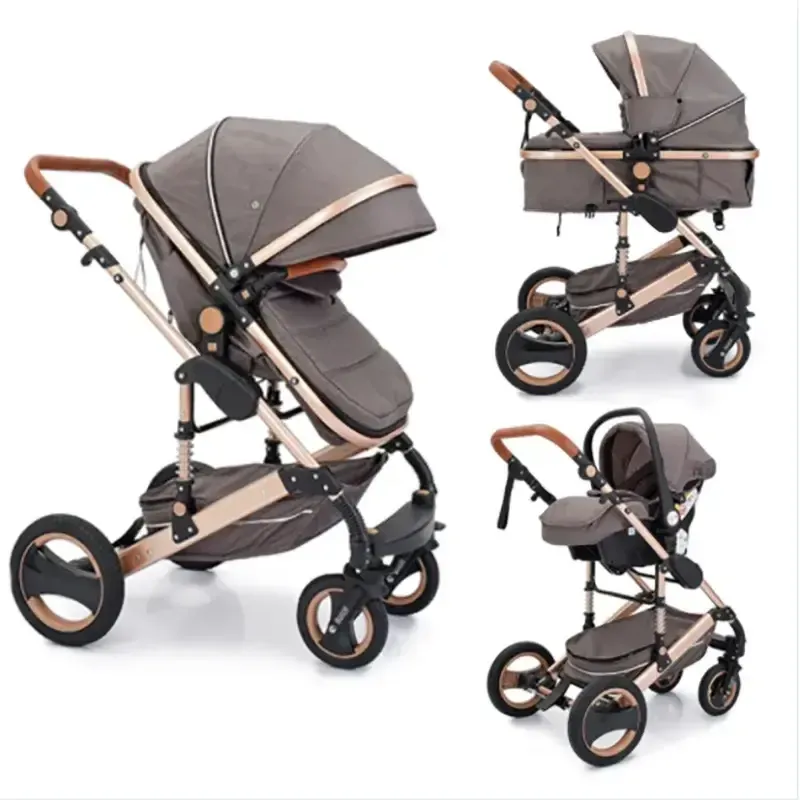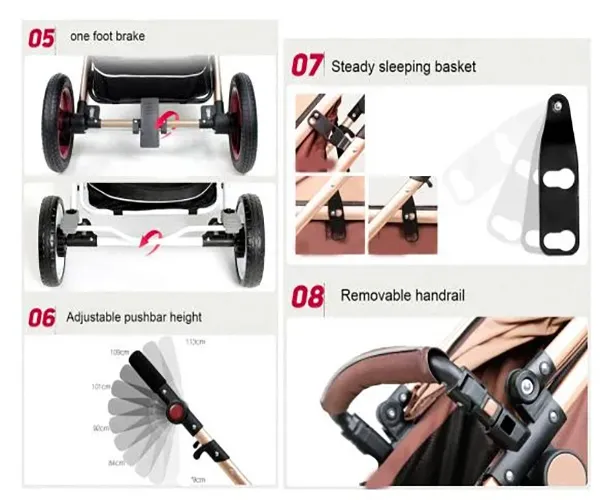
- Afrikaans
- Albanian
- Amharic
- Arabic
- Armenian
- Azerbaijani
- Basque
- Belarusian
- Bengali
- Bosnian
- Bulgarian
- Catalan
- Cebuano
- Corsican
- Croatian
- Czech
- Danish
- Dutch
- English
- Esperanto
- Estonian
- Finnish
- French
- Frisian
- Galician
- Georgian
- German
- Greek
- Gujarati
- Haitian Creole
- hausa
- hawaiian
- Hebrew
- Hindi
- Miao
- Hungarian
- Icelandic
- igbo
- Indonesian
- irish
- Italian
- Japanese
- Javanese
- Kannada
- kazakh
- Khmer
- Rwandese
- Korean
- Kurdish
- Kyrgyz
- Lao
- Latin
- Latvian
- Lithuanian
- Luxembourgish
- Macedonian
- Malgashi
- Malay
- Malayalam
- Maltese
- Maori
- Marathi
- Mongolian
- Myanmar
- Nepali
- Norwegian
- Norwegian
- Occitan
- Pashto
- Persian
- Polish
- Portuguese
- Punjabi
- Romanian
- Russian
- Samoan
- Scottish Gaelic
- Serbian
- Sesotho
- Shona
- Sindhi
- Sinhala
- Slovak
- Slovenian
- Somali
- Spanish
- Sundanese
- Swahili
- Swedish
- Tagalog
- Tajik
- Tamil
- Tatar
- Telugu
- Thai
- Turkish
- Turkmen
- Ukrainian
- Urdu
- Uighur
- Uzbek
- Vietnamese
- Welsh
- Bantu
- Yiddish
- Yoruba
- Zulu
Feb . 11, 2025 12:57 Back to list
scooter child
Choosing the Right Scooter for Your Child A Parent’s Guide to a Safe and Fun Experience
Now, let's talk about material quality. Aluminum scooters are lightweight yet sturdy, balancing safety and ease of use. This material resists rust, making them a sound investment for longevity. Some parents might be tempted to choose plastic models for their initial low cost, but long-term durability often justifies investing in something robust from the get-go. Scooters with a reliable brake system instill trustworthiness in the product. The rear fender brake is the most common design, but always ensure it’s responsive and intuitive for your child to use. Professional insights suggest taking your child for a trial run in a controlled environment to practice braking before hitting the streets. Space for storage and ease of portability can’t be overlooked, especially if you’re in a bustling urban environment or frequently travel. Foldable scooters provide a compact solution, fitting neatly into the trunk of your car on family trips. It’s also worth examining if the folding mechanism is sturdy and locks securely when in use. Finally, involving your child in the selection process fosters excitement and responsibility. Allow them to choose colors and perhaps some custom decals. This active participation not only makes them feel valued but also aligns the scooter's aesthetics with their personality, leading to a more enjoyable experience. In conclusion, a scooter is not merely a toy—it’s a developmental tool that offers physical exercise, develops motor skills, and fosters independence. This makes choosing the right model crucial. Prioritizing safety, build quality, and appropriateness through informed decision-making establishes a strong foundation of trust and longevity between the consumer and the product. Parents, armed with authentic, experienced-backed guidelines, can navigate this decision confidently, ensuring both safety and joy for their child’s adventurous journeys.


Now, let's talk about material quality. Aluminum scooters are lightweight yet sturdy, balancing safety and ease of use. This material resists rust, making them a sound investment for longevity. Some parents might be tempted to choose plastic models for their initial low cost, but long-term durability often justifies investing in something robust from the get-go. Scooters with a reliable brake system instill trustworthiness in the product. The rear fender brake is the most common design, but always ensure it’s responsive and intuitive for your child to use. Professional insights suggest taking your child for a trial run in a controlled environment to practice braking before hitting the streets. Space for storage and ease of portability can’t be overlooked, especially if you’re in a bustling urban environment or frequently travel. Foldable scooters provide a compact solution, fitting neatly into the trunk of your car on family trips. It’s also worth examining if the folding mechanism is sturdy and locks securely when in use. Finally, involving your child in the selection process fosters excitement and responsibility. Allow them to choose colors and perhaps some custom decals. This active participation not only makes them feel valued but also aligns the scooter's aesthetics with their personality, leading to a more enjoyable experience. In conclusion, a scooter is not merely a toy—it’s a developmental tool that offers physical exercise, develops motor skills, and fosters independence. This makes choosing the right model crucial. Prioritizing safety, build quality, and appropriateness through informed decision-making establishes a strong foundation of trust and longevity between the consumer and the product. Parents, armed with authentic, experienced-backed guidelines, can navigate this decision confidently, ensuring both safety and joy for their child’s adventurous journeys.
Latest news
-
The Ultimate Kids' Four-Wheeler Experience
NewsJul.09,2025
-
The Ultimate Guide to Mountain Bikes: Gear Up for Your Ride
NewsJul.09,2025
-
The New Age of Cycling: Electric Bikes for Every Rider
NewsJul.09,2025
-
The Best Kids Bicycles: Ride in Style and Safety
NewsJul.09,2025
-
The Best 3-Wheel Scooters for Kids: Fun, Safety, and Adventure
NewsJul.09,2025
-
Revolutionize Your Ride: Affordable Electric Bikes
NewsJul.09,2025
-
Finding the Perfect Mountain Bike for Every Rider
NewsJul.09,2025



